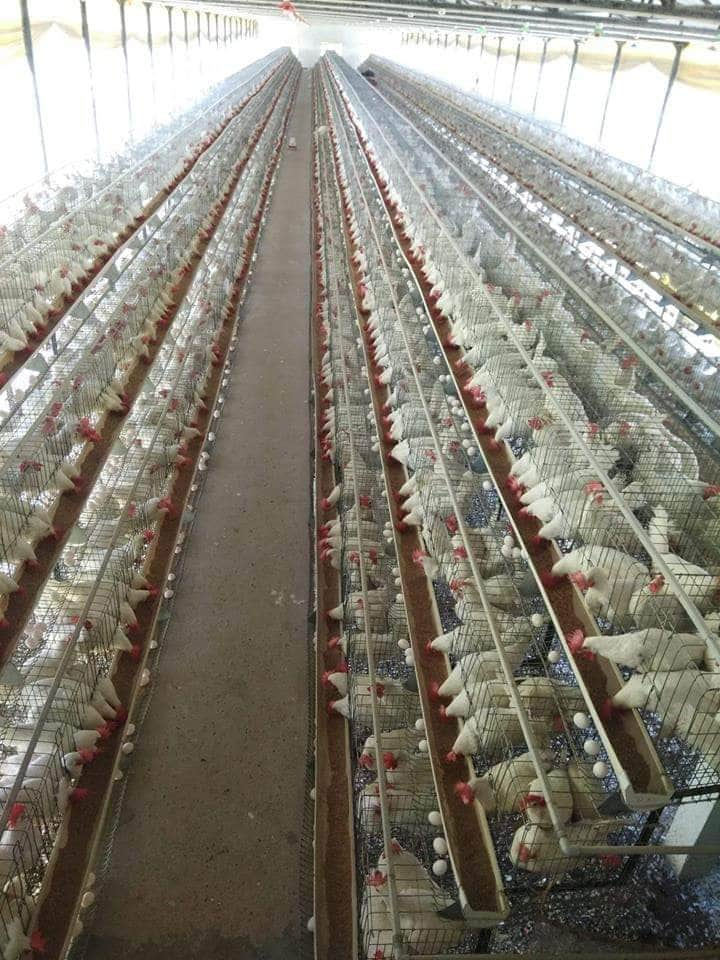WATER QUALITY FOR POULTRY
Dr Deepak Pd.Sinha, Technical Manager,Venkys, Patna
Water quality-————
• Poultry farmers often fail to provide the birds with good quality water.
• Both the microbial and chemical quality of the water need to be tested before establishing a poultry farm in a given area.
• Microbial contamination of water may happen at the source, for instance in ponds, rivers, open wells and the public water supply system, or during transportation and storage, as well as in the overhead tank or bins. Unhygienic practices on the farm result in the spread of disease.
• The microbial load shoots up during flood conditions.
• Faecal contamination of water will add to the presence of coliform organisms.
• Mineral levels in water depend on soil conditions, and show only minor fluctuations based on the season and the water table.
• They lead to hardness in water and affect the taste and palatability.
Quality guidelines for drinking water on poultry farms————–
The desirable quality guidelines for drinking water on poultry farms are as follows:
Total hardness : 60-180
pH : 6.8-7.5
Nitrate : 10 mg/litre
Nitrite : 0.4 mg/litre
Total bacterial count : 0/ml
Coliform count : 0/ml
Calcium chloride : 60 mg/litre
Sodium : 50 mg/litre
Sulphate : 125 mg/litre
• The removal of excess dissolved minerals by cheaper and simpler methods is not practicable, and the farmer should change to other water sources in case of excess minerals in the water.
• Chlorination is the best and cheapest method to get rid of micro-organisms.
• Five to eight grams of bleaching powder with about 35 percent available chlorine should be added to 1000 litres of drinking water to maintain a chlorine level of 1 to 2 ppm at delivery.
• A minimum contact time of one hour should be given before offering the water to birds. Where storage facilities are not available, liquid chlorine preparations like chlorine dioxide, 5 percent sodium hypochlorite (sanitech), etc., may be used at a level of one ml per 10 litres of water.
• Iodophores containing 1.6 percent available iodine are also used as water sanitizers at the same dosage level.
• Products containing Quarternary ammonium compounds like quat, quatovet, encivet, sokrena etc. may be used as water sanitizers as per the manufacturers’ specifications.
• By providing sanitized water to the birds, the chance of water-borne infections is reduced and the cost of medication is saved.
• The life of pipelines and storage tanks is also increased, and the overall growth of the birds and egg production efficiency will be improved.



